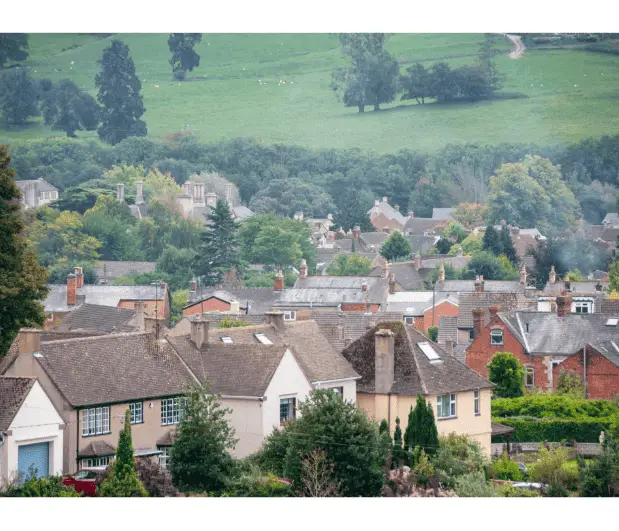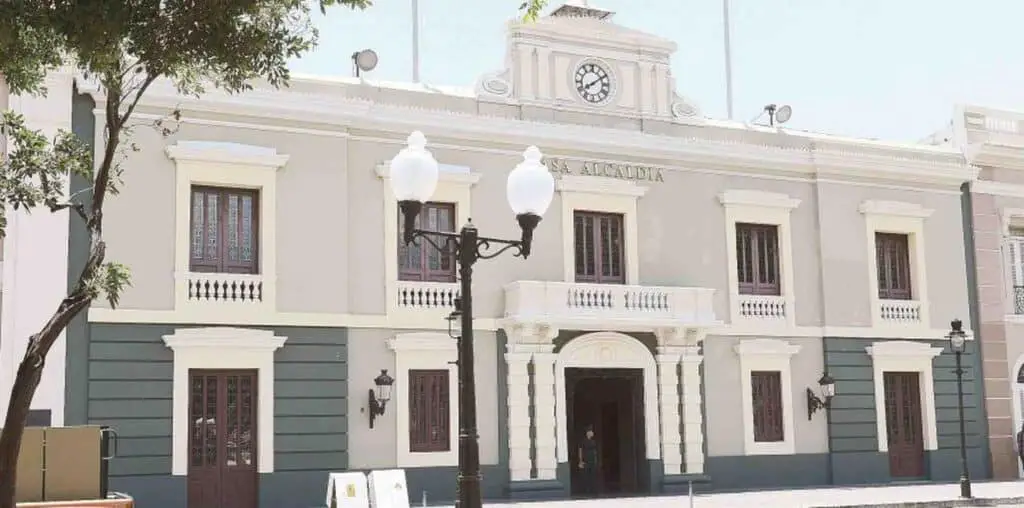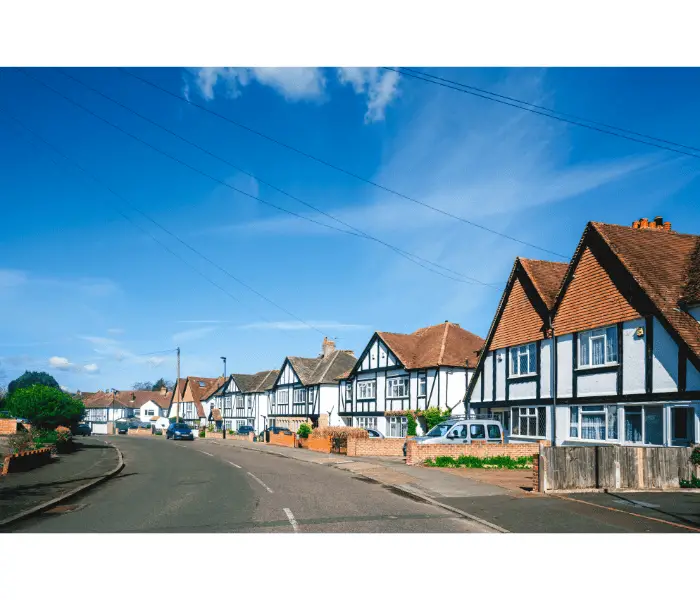If you’ve ever found yourself studying the definitions of different settlements, you might have come across the terms village and municipality. Understanding the differences isn’t too difficult once you have definitions of both, so let’s look at them.
Definition of a Village
In the UK, a village is a small human settlement, typically in a rural area. A village will have a church and a meeting spot, such as a village green or village hall. Generally, we consider villages to have populations of 7,500 or less.

Definition of a Municipality
A municipality is any settlement or area that has the powers of self-government. As such, in the UK, this generally means a village wouldn’t be a municipality, but a town that controls several smaller villages would be.
However, a municipality can also be a single town or city, or even a sovereign state – such as the Principality of Monaco and principalities in Idaho of United States.

We don’t really use the term municipality in British governance anymore. In the 1972 Local Government Act, municipality was replaced by the term district. It means exactly the same thing, so it’s not inaccurate to use them interchangeably.
What is the Difference Between a Village and Municipality?
The definitions above pretty much include all the differences between a village and a municipality, but here’s a list just so they’re clear.
Settlement
A village is a single human settlement that’s located in a rural area. On the other hand, a municipality can be a single settlement or several, or even a whole sovereign state. Municipalities can therefore be in urban or rural areas.
Governance
This leads to perhaps the most important difference between a village and a municipality: governance. A village doesn’t have governance over itself.
Instead, this is generally deferred to a local town, where a mayor and council will decide on things like budgets, development, and more.
A municipality, however, is strictly defined by the sense of governance. To count as a municipality, an area must have the powers of self-government that are granted by a national power.
In the UK, this could be anything from a town council to a borough or county. For example, Crewe in Cheshire could be a municipality, as could Truro in Cornwall.
However, these municipalities no longer exist because boundaries were redrawn in 1974.

Population Size
Villages are typically regarded as settlements that have a population of 7,500 or fewer, although this isn’t very strict. Some have populations of 18,000 or more, whereas others have a population of only a few hundred residents.
There’s no real population definition we can give to a municipality due to how far-reaching it is. That said, we could set the lower level at 20,000-30,000 if we consider the minimum settlements in a municipality to be a town and village.
Final Thoughts
Hopefully, this article has clarified the difference between a village and a municipality. It might not come up in conversation much, but at least you now have a clear definition of each term.



